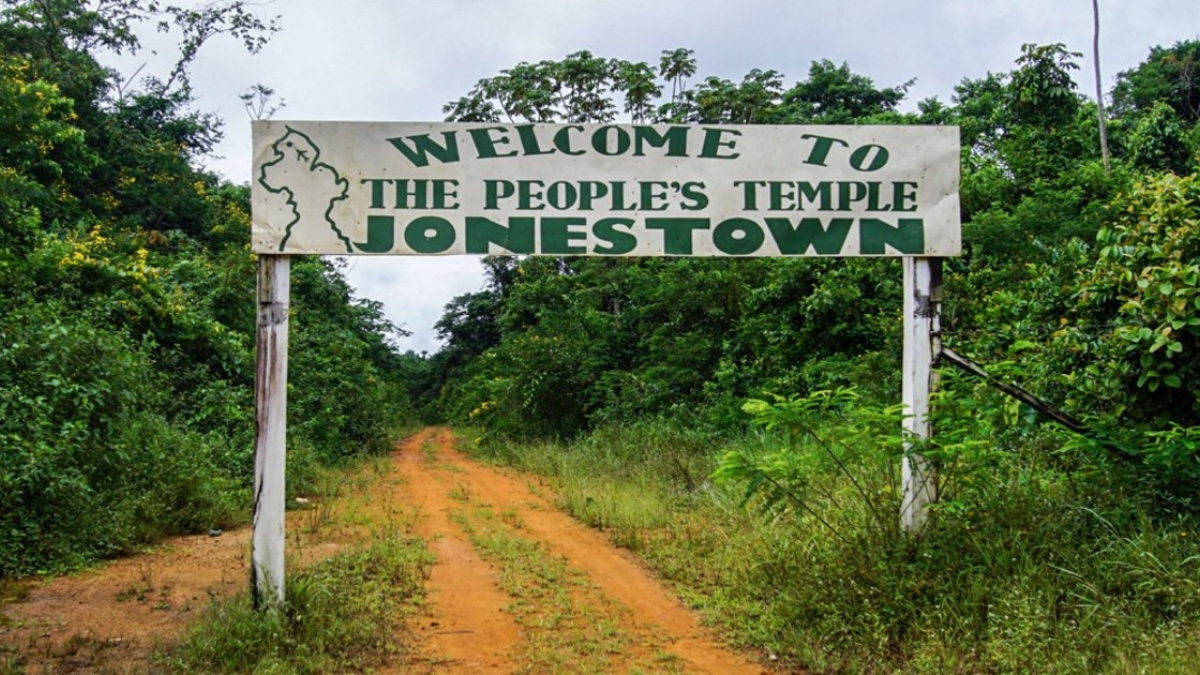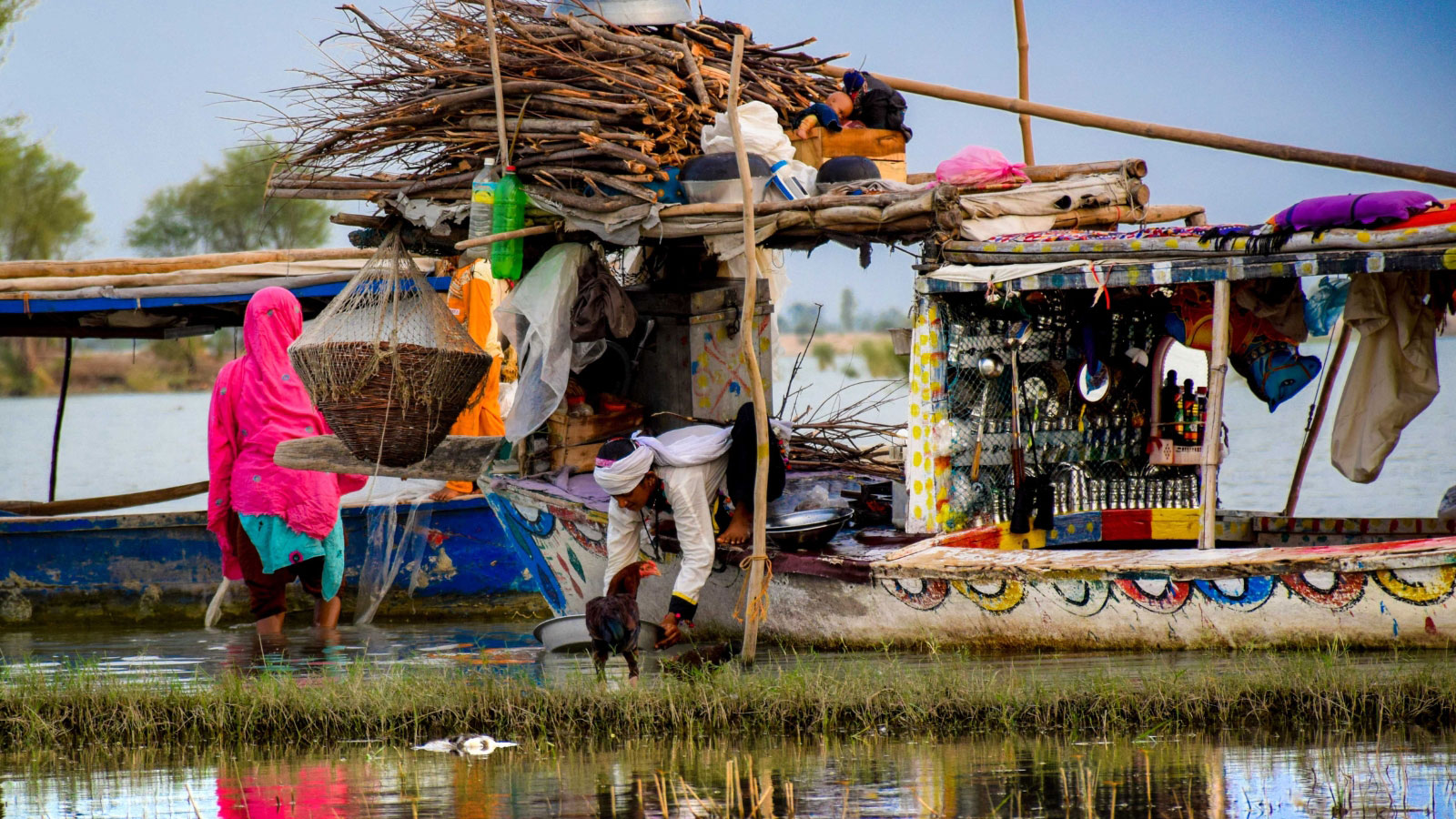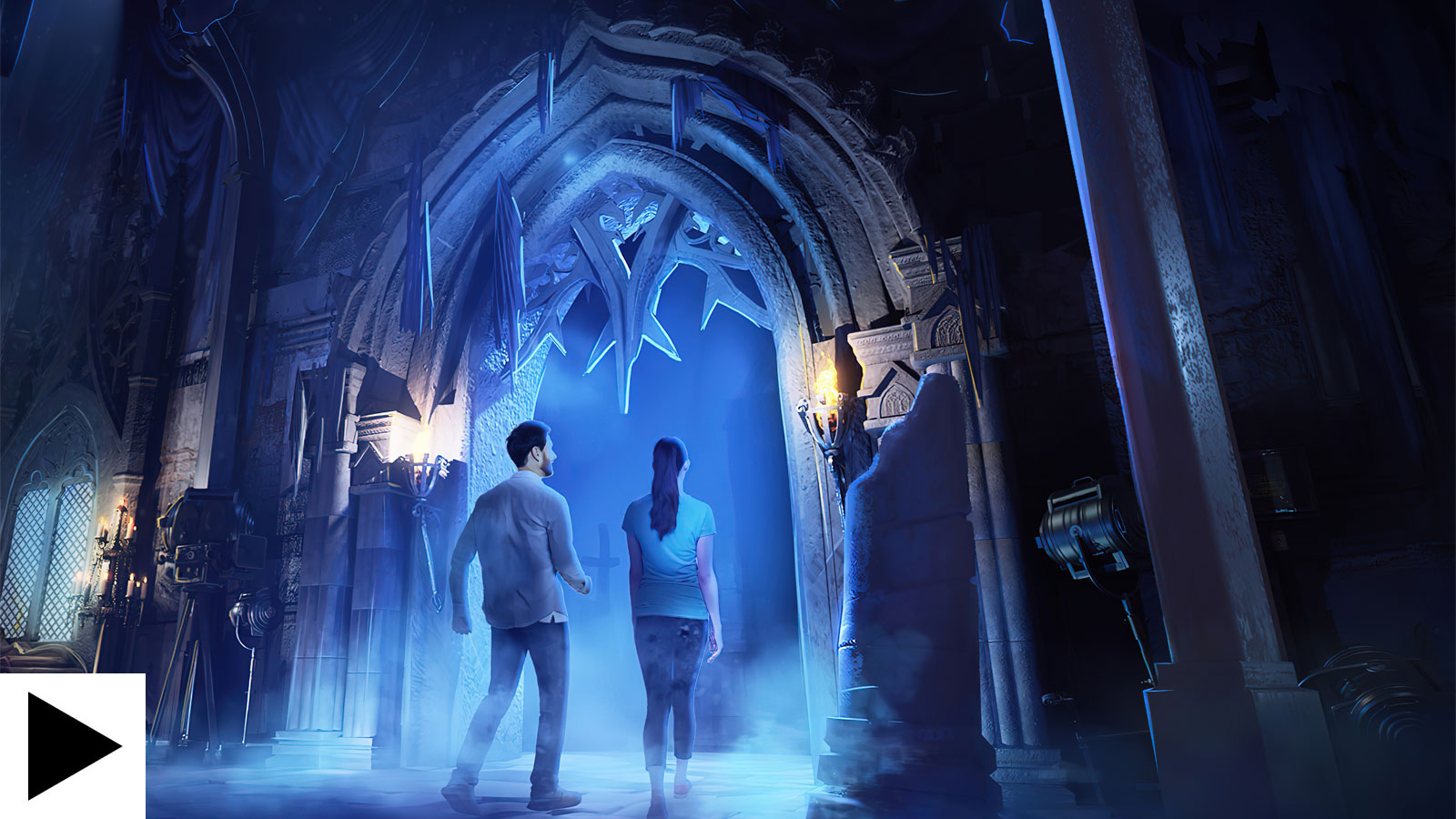|
More than 900 people died during the infamous Jonestown massacre of 1978. Now, Guyana plans to make the location where the tragedy happened into a tourist attraction

Amy Martin | Planet Attractions | 24 Dec 2024

 The infamous Jonestown massacre saw more than 900 people die in a mass poisoning The infamous Jonestown massacre saw more than 900 people die in a mass poisoning
Nearly 50 years after the tragic events of Jonestown, Guyana is at the centre of a controversial proposal to open the site to tourists for the first time.
In 1978, more than 900 members of The People’s Temple - a cult lead by preacher Reverend Jim Jones - died during a mass murder-suicide in the remote commune of Jonestown. Followers were coerced into drinking poison, while armed guards ensured compliance. American congressman Leo Ryan, along with three journalists, was also killed while attempting to leave the area after investigating allegations of abuse and coercive control. The event remains one the largest mass casualty events in modern history.
A government-supported tour operator has proposed opening the site, now overgrown with dense vegetation, to visitors. The idea has sparked a debate, with some viewing it as an opportunity for education and remembrance, while others see it as a painful revival of a turbulent time in history.
Jordan Vilchez, a former member of the People’s Temple who survived Jonestown, has emphasised the importance of context if tours to the site proceed. She hopes that the tour will offer an understanding as to why so many people trusted Jim Jones and relocated to Guyana, believing they would obtain a better life.
The proposed tour would take visitors to the remote village of Port Kaituma, located in the dense jungles of Northern Guyana. Accessible only by boat, plane or helicopter, the location underscores the isolation of the area. From Port Kaituma, visitors will travel six miles along an overgrown dirt trail to reach the abandoned commune.
Organising an expedition to the site can be difficult due to its remote location, far from the capital of Georgetown. Additionally, some deem the closest settlements to be unsafe.
“It remains a very, very rough area,” said Fielding McGehee, co-director of The Jonestown Institute, a non-profit organisation. “I struggle to see how this project could be economically viable, given the significant financial resources required to make it a feasible destination for visitors.”
McGehee cautioned against depending on alleged witnesses who will be part of the tour, noting that memories and stories passed down may not have maintained accuracy over time.
Despite the concerns, the initiative has garnered strong support from the government's Tourism Authority and the Tourism and Hospitality Association of Guyana. Tourism minister, Oneidge Walrond, acknowledged the backlash but defended the project stating that whilst she was “aware of the pushback”, the government has begun clearing the area to make way for a better experience. Walrond has said that she gives her “full support” to the proposal.
Rose Sewcharran, director of Wanderlust Adventures, the private tour company spearheading the initiative, welcomed the support and highlighted the global precedent for dark tourism.
“We think it is about time,” she said. “This happens all over the world. We have multiple examples of dark, morbid tourism around the world, including Auschwitz and the Holocaust museum.”
For decades, dark tourism sites have gained popularity worldwide, offering visitors both educational experiences and opportunities to honour the tragic events that led to their creation. Notable destinations include the 9/11 Memorial & Museum in the USA, Chernobyl in Ukraine, the Slave Forts of West Africa, and the Hiroshima Peace Memorial in Japan.
Visitor attractions
|
|






Supplier Showcase 2025: The biggest attractions projects landing worldwide this year
|